You can help your clients reach peak performance with a functional movement screen.
People of all ages from teenagers to adults want to make physical improvements. Today, more people are interested in boosting their endurance, flexibility, and strength.
There’s a simple reason for this phenomenon. When someone’s fundamental movement patterns are strong, they move with greater efficiency. In turn, they perform better.
As a personal trainer or other gym fitness professional, you can help clients establish the quality of their fundamental movement patterns. By doing so, you can help them to find weak points in their fundamental movement
s and help to alleviate them. What’s more, providing this service can give you a competitive advantage.
To learn more about different types of functional movement screens, keep reading.
What Is FMS?
You may wonder, “What is FMS?” Simply put, a functional movement screen (FMS) is a tool that helps you to identify movement patterns. You might also hear FMS called the “select functional movement assessment.”
This assessment indicates inefficient movement. However, it may also indicate an increased risk of injury.
For example, you’ll often find functional movement screens performed as a part of sports medicine. The screen can also identify dysfunctional or performance-limiting patterns.
An FMS evaluates seven fundamental movement patterns. However, the select functional movement assessment is not for individuals experiencing pain. It’s also not for clients who’ve suffered from musculoskeletal injuries.
Notes on Functional Movement Screening
Furthermore, an FMS is not used for diagnosing orthopedic problems. Instead, it’s a test to highlight opportunities for improvement in healthy individuals.
However, FMS can help spot musculoskeletal issues which could reveal risks otherwise unknown to relatively healthy individuals. It is a great assessment for risks.
During the test, you’ll place your clients in extreme positions. These positions will make movement deficits noticeable. You’ll notice the deficits when appropriate mobility and stability aren’t present.
For example, some people might perform sports or activities at a high level. At the same time, they can have limits in their fundamental movements. Resultantly, they’ll use compensatory movements.
These compensatory movements enable athletes to achieve or maintain the level of performance needed for their chosen activity. However, the use of compensatory movements results in poor biomechanics. In turn, poor biomechanics limit an athlete’s ability to make improvements.
You may have clients who can’t achieve gains no matter how hard they try. Alternatively, you may have clients who want to ensure they are getting the most from their routines. In either case, as a part of sports medicine, you can use functional movement screens to identify areas where your clients can improve.
The Seven Functional Movement Screen Patterns
Poor biomechanics limit a person’s ability to remain adaptable and durable against risk during physical activities. As a personal trainer, you can help your clients identify and overcome biomechanical issues with the following seven functional movement screens.
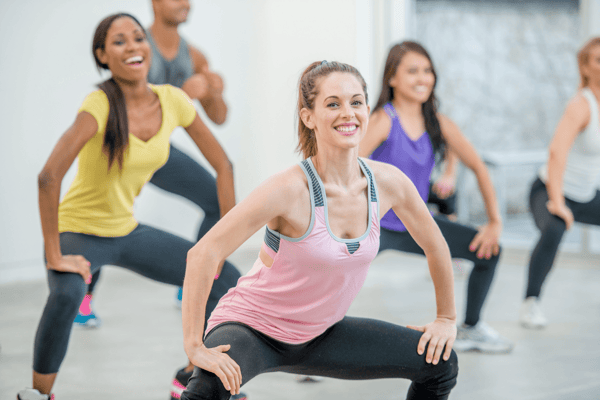
1. Deep Squat
The deep squat challenges total biomechanics. It also challenges neuromuscular control.
You can use the deep squat screen to test bilateral, symmetrical, and functional mobility. This screen will test the stability of the hips, knees, and ankles.
During the deep squat, you’ll direct your client to hold a dowel over their head. This task requires bilateral symmetrical mobility. It also requires stability at the shoulders, scapular region, and thoracic spine.
Furthermore, your client must establish stability control throughout the entire movement. By doing so, they can achieve the full pattern of the deep squat.
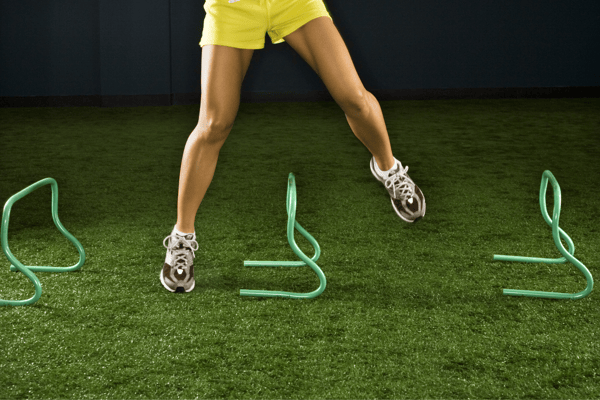
2. Hurdle Step
The hurdle step is an important part of locomotion. It’s also vital for acceleration.
The movement challenges the body step and stride mechanics. It also tests stability and control in a single-leg stance.
The hurdle step requires bilateral mobility and stability. It places demands on the hip, knees, and ankles.
Also, this screen challenges the stability control of the pelvis and core. In this way, it provides an opportunity for you to observe functional symmetry.
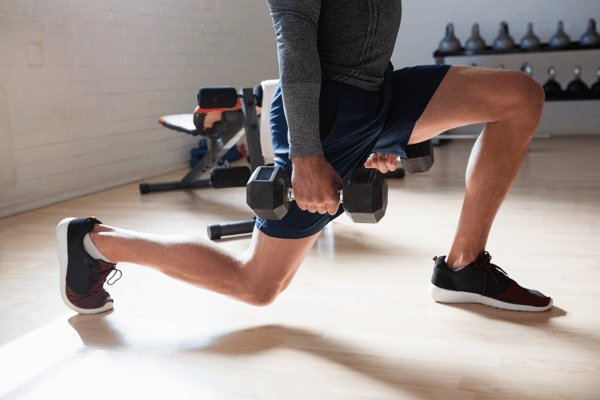
3. Inline Lunge
The inline lunge screen places the body in a position that simulates stressors. As an example, your client might experience stressors during rotation, deceleration, and lateral movements.
During this screen, the inline lunge places the lower extremities in a split stance. Meanwhile, it places demands on the upper extremities in an opposite or reciprocal pattern
This activity replicates the natural counterbalance that the upper and lower extremities use to complement each other. The body requires spine stabilization to perform this task. The screen also challenges hip, knee, ankle, and foot mobility and stability.
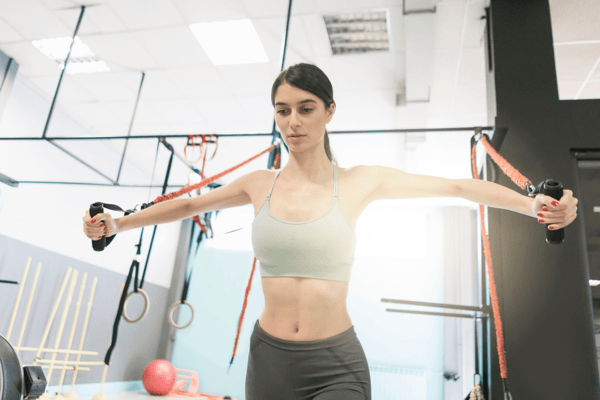
4. Shoulder Mobility
The shoulder mobility screen demonstrates a natural complementary rhythm of parts of the body. In particular, it affects the scapular-thoracic region, thoracic spine, and rib cage. The screen provides these effects during reciprocal upper-extremity shoulder movements.
The shoulder mobility screen will also allow you to observe the bilateral shoulder range of motion. The activity combines extension, internal rotation, and adduction in one extremity. Meanwhile, it combines flexion, external rotation, and the abduction of the other extremity.
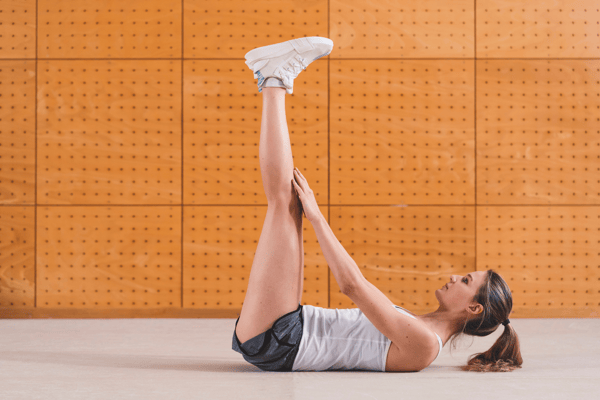
5. Active Straight Leg Raise
The active straight leg raise screen identifies the mobility of the flexed hip. However, it will also help you to pinpoint your client’s core stability within the pattern. The exercise will also help you to identify the available hip extension of the alternate hip.
The active straight leg raise isn’t necessarily a test of hip flexion to one side. Instead, it’s an appraisal of the ability to separate the lower extremities while unloaded.
Also, the active straight leg raise challenges the ability to dissociate the lower extremities. At the same time, clients must maintain stability in the pelvis and core during the screen.
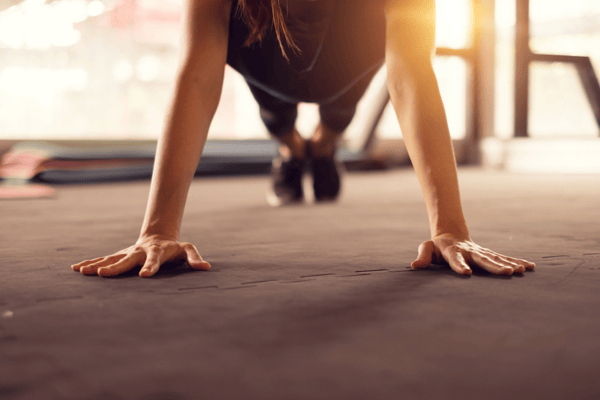
6. The Trunk Stability Push-Up
The trunk stability push-up screen is a basic observation. It will allow you to inspect your client’s reflex core stabilization.
It’s important to note that the trunk stability push-up screen is not a test of upper body strength. Instead, it’s an exercise to initiate movement with the lower extremities in a push-up pattern.
During the screen, instruct your client not to move their spine or hips. In doing so, you’ll test your client’s ability to stabilize the spine in the sagittal plane. Here, you want to focus on your client’s movement during the closed kinetic chain, upper body symmetrical movement.
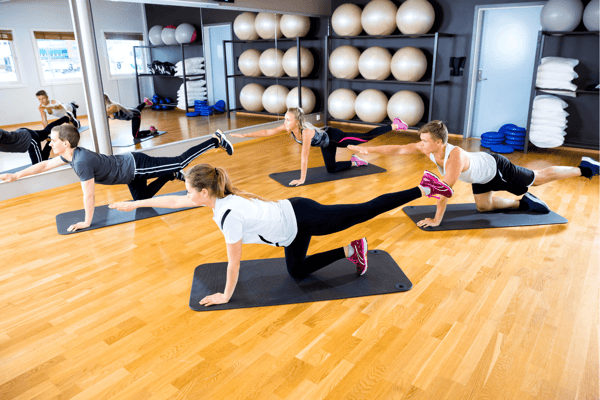
7. Rotary Stability
The final functional movement screen is the most complex. This screen requires proper neuromuscular coordination and energy transfer across the torso.
During the screen, you’ll observe multi-plane pelvis, core, and shoulder girdle stability. You’ll observe movement during the combined upper and lower extremity movement.
This screen will demonstrate reflex stabilization and weight shifting in the traverse plane. It represents a coordinated effort of stability and mobility required for fundamental climbing activities.
Selective Functional Movement Assessment
The selective functional movement assessment for functional movement screens is relatively straightforward. For each pattern, there’s a certain criterion that your clients must meet to accomplish a high score.
The scores are broken down into four basic criteria. These criteria include:
Three
During the screen, you’ll give your client a three if they can perform the movement. However, they must do so without any compensation according to the guidelines of the screen.
Two
In some cases, your client might perform the movement. However, they may do so with poor mechanics and compensatory patterns to accomplish the task. In that case, you’ll give the client a two for that screen.
One
In some cases, you may find that a client cannot perform a movement pattern. Even with compensations, they cannot perform the task correctly. In this instance, you’ll give your client a score of one.
Zero
Finally, your client may have pain during a screen. If your client experiences pain during any part of a movement, you’ll grade them with a zero.zzzzzxczxc
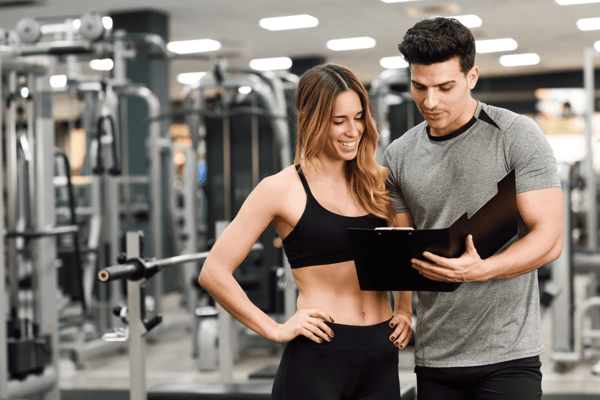
Additional Notes on Scoring
There are five functional movement screens that require bilateral testing. For the screens, you’ll need to score each pattern.
You’d use the lower score for the final score. However, you’ll need both scores for assessment and data collection.
Also, there are three tests that you should score as pass or fail. These tests are the shoulder mobility, trunk stability push-up, and rotary stability screens.
If your client fails this part of the test, then you’ll give them a zero for their overall score. If your client experiences pain during any of the screens, you should refer them to a healthcare professional.
Functional movement screens can help you to identify asymmetries and restrictions. By performing an FMS every four to six weeks, you can help your clients target vital areas for improvement.
When Only the Best Will Do for Your Clients
Now you know more about different types of functional movement screens. With a functional movement screen, you can help your client to create the best version of themselves. You can also use technology to develop the best physical training plans possible for your clients.
Styku is a fast, easy 3D body scanning system that you can use to help visualize the progress of your clients. It’s also a powerful way to track successes and create testimonials that will help you to attract new clientele.
With our technology, you can extract precise measurements, body shapes, and compositions. You can also use our scanner to gather insight relative to your members and clients.
Our body scanner is lightweight, portable, and intuitive. With it, you can perform a 3D body scan in seconds with a simple turntable and 3D camera.
Contact Styku today at (323) 372-2628 or connect with us online to learn more about differentiating your fitness business with 3D body scanning.






